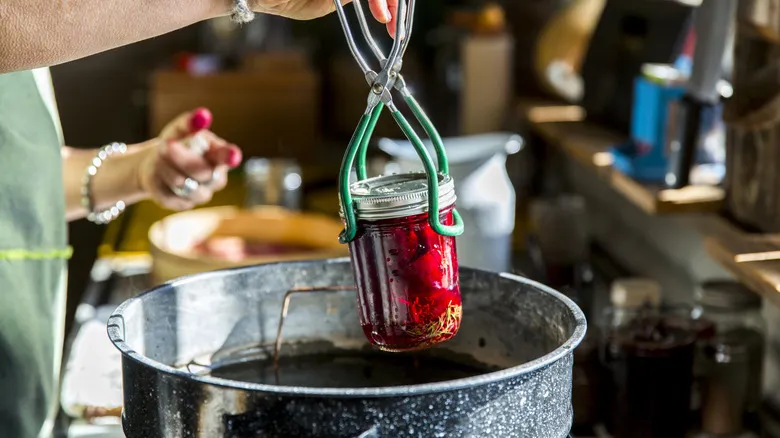A closer look at the canning process

When canning high-acid foods, it's essential to use a water bath method. The primary concern with canning is ensuring that bacteria capable of causing botulism— a potentially deadly type of food poisoning— are effectively eliminated. This is also why you might want to steer clear of dented cans when shopping. To mitigate the risk with high-acid foods, you must submerge your jars in boiling water for the appropriate duration. Begin by filling your water bath halfway with water. Once the water is heated (but not boiling), place the jars in the bath and add more water until it covers the jars by about an inch. Adhere closely to your recipe to guarantee safe processing times.
For pressure canning, simply add two to three inches of water to the bottom of the cooker and follow the manufacturer's instructions. The water will convert to pressurized steam, which reaches temperatures high enough to eliminate harmful bacteria in low-acid foods. The pressure enables the internal temperature to exceed the boiling point (water boils at 212 degrees Fahrenheit), which is crucial since botulism spores thrive in low-acid environments. Therefore, it's vital to ensure that these foods are thoroughly processed.
Even if you meticulously follow your canning recipe, always be vigilant for any signs of spoilage in your canned goods, and make sure to store your favorite canned items correctly.
Recommended
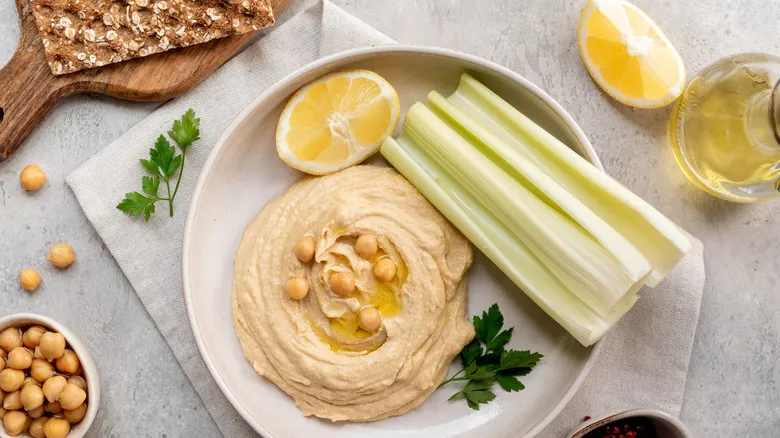
The Game-Changing Trick For Bright Hummus Flavor Without Extra Lemon Juice
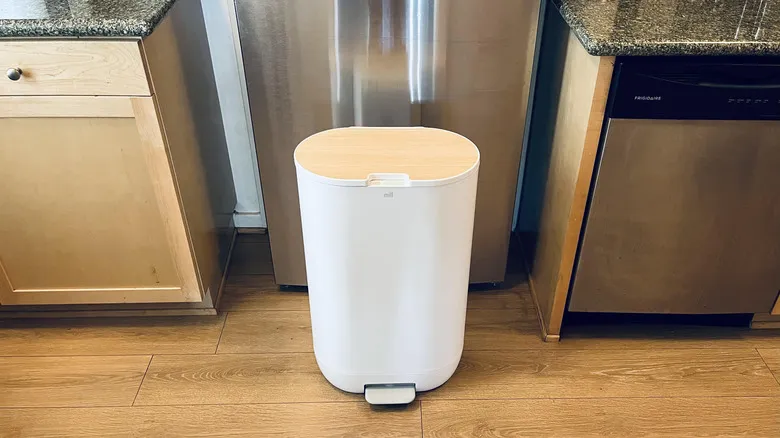
Review: The Mill Food Recycler Will Shrink Your Trash (And Your Bank Account)
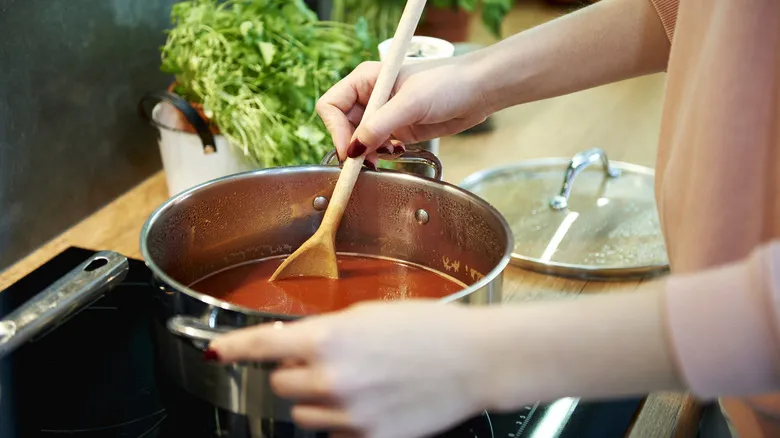
The Extra Step That Gives Your Reheated Frozen Soup New Life
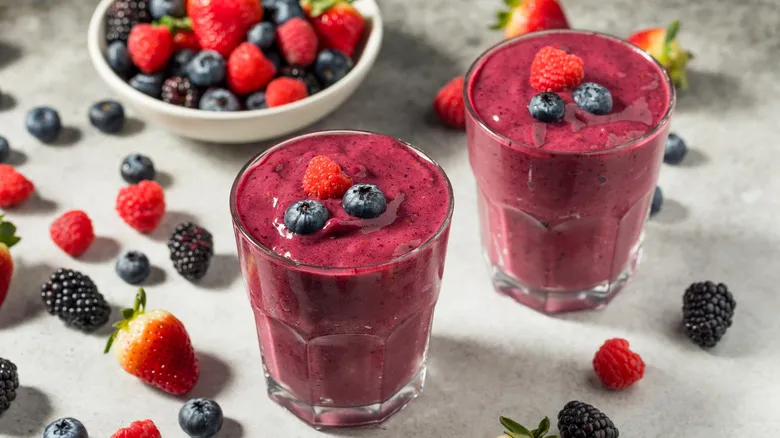
The Cheat Code For A More Flavorful Smoothie Is In Your Freezer
Next up

